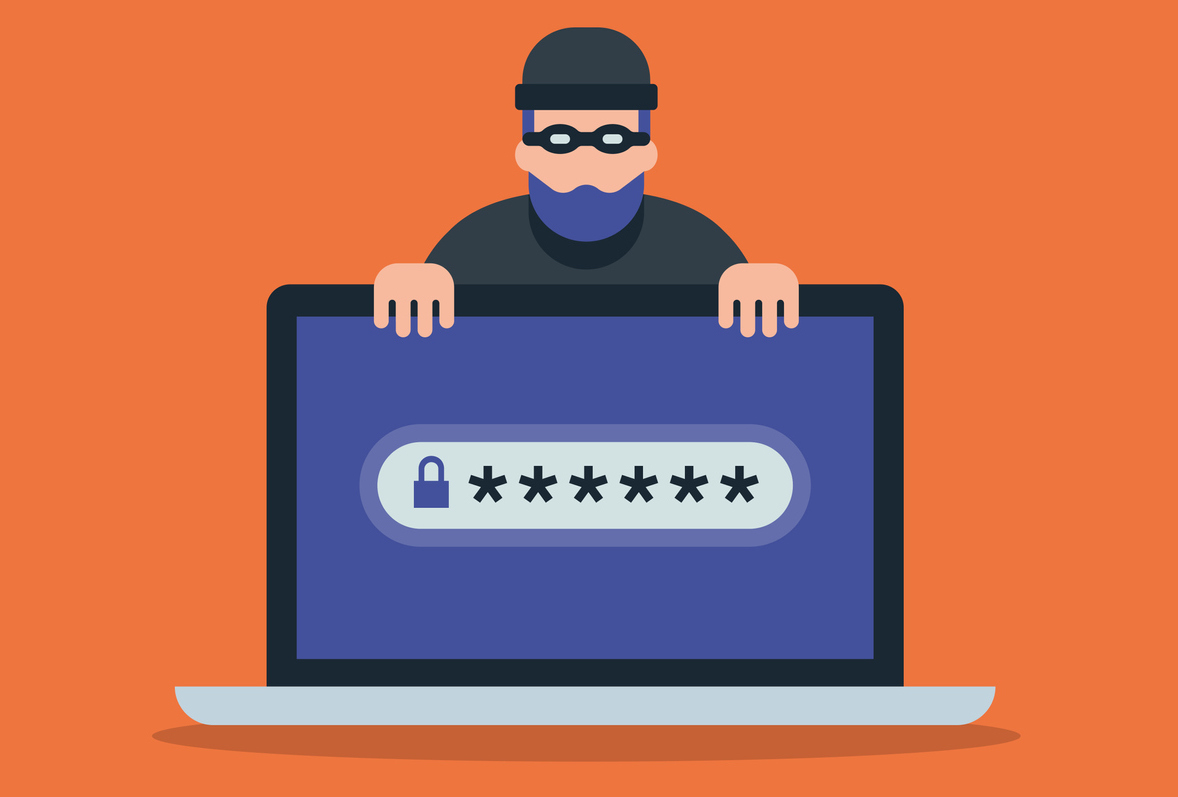Identity theft is an increasingly popular crime, with someone becoming a victim almost every minute. Scammers take advantage of any opportunity they can, including the COVID-19 crisis. Being an identity theft victim is an unpleasant experience, and recovery can take a lot of time and effort. Unfortunately, there’s no fail-safe way to avoid becoming a victim of identity theft. However, there are some steps you can take to reduce the risk of identity theft, and even to make your information less valuable to a criminal who gets their hands on it. This article covers what information identity thieves are after and what moves you can take to protect your information.
What is Identity Theft?
Identity theft is a type of fraud where a thief uses your personal information, such as your Social Security number or bank account number, to open accounts or initiate transactions using your name. Skilled identity thieves use a variety of methods to steal your personal information, and here are some of them:
- They steal credit/debit card numbers by using a special storage device when processing your card.
- They send spam or pop-up messages to get your personal information pretending to be your financial institution.
- Changing your address. They redirect your billing statements to another location by completing a “change of address’ form.
- Dumpster diving. They rummage through your trash, looking for bills or other paper with your personal information on it.
- “Old-fashioned” stealing. They steal wallets, purses, bank and credit card statements, tax information, etc.
How to Help Protect Yourself From Identity Theft Online
Your online behaviors may have an impact on your risk of identity theft. Be careful with both how and where you share your personal information when you’re on the Internet — whether you’re using a computer or a mobile device.
Online Security
- Give your home Wi-Fi network a name that isn’t tied to your home (don’t name your Wi-Fi network “123 Harvard” if you live on 123 Harvard St.) and create a strong and unique password to it so scammers can’t easily access your network and the devices connected to it.
- Try to avoid creating one easy-to-remember password and use it everywhere. Instead, create a strong password using long, random strings of letters, numbers, and symbols. You can also use a password manager to store all of your passwords securely.
- Don’t access private accounts on public Wi-Fi networks or public-use computers. With the right tools, a cyber thief on the same network could follow your online moves and capture everything from your login credentials to the credit card information you type in while making a transaction.
Email Use
- If you get an email claiming there’s a problem with your account, don’t click any links or provide your personal information on the spot.
- Do not open email attachments from unknown or unsolicited senders.
- Be careful when clicking on a link in an email. To check the link, open a new browser window and manually type in the URL provided in the email. If they don’t match, delete the email with the suspicious link immediately.
Virus Protection
- Keep current versions of your computer’s operating system and Internet browsers.
- Make sure that any anti-virus software is up-to-date on your home computers and mobile devices.
- Always back up the files on your computer.
How to Help Protect Yourself From Identity Theft Offline
Online identity theft is more common than it used to be, but criminals still can gain access to your personal information on paper. Here are some precautions you can take to safeguard your documents:
- Make sure your mailbox is secure. If your mailbox happens to be unlocked, thieves can steal everything from credit card mailings to your annual W-2 statement from there. A secure mailbox can be a wise and relatively inexpensive investment to help protect your identity.
- Switch to electronic statements. It’s safer to have financial statements delivered to your secure email inbox rather than your mailbox.
- Consider using a shredder to protect your financial and other sensitive documents from dumpster-divers. It takes a little extra time but adds a layer of protection against thieves who use this old-fashioned method.
- It may also pay for you to invest in a document lockbox at home or a security deposit box at your bank to safeguard your most important documents, such as your Social Security number, recent tax returns, birth certificate, etc.
Here at Mechanics Bank, we are committed to helping ensure the safety of your financial identity, your financial assets, and your personal information. We want you to stay aware and not fall for any of the identity theft schemes.
{{cta(‘36364d8b-197e-4597-b02e-ce165efcf9d5′,’justifycenter’)}}





